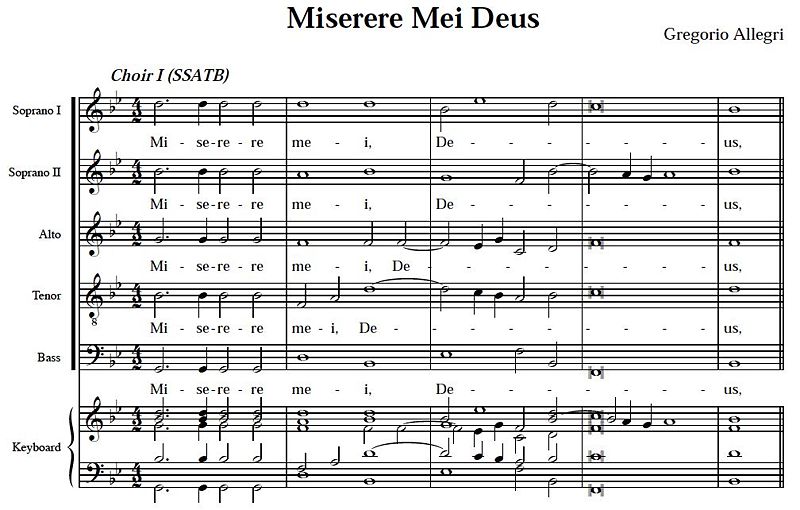The Sixteen

Julius III accepts score from da Palestrina, promises to pay later.
Concert Hall, Sydney Opera House (10 March 2015)
A brilliant evening of sacred choral music. TVC was not the only guest counting his fingers; with conductor Harry Christophers CBE, there were 19 on the stage but 16 is the historical name for the ensemble formed in 1979, and we are almost embarrassed at such a quibble. The 18 were magnificent. Their harmonising made musical accompaniment superfluous – at times, the 4 bass singers simulated an entire wood section. During the first part of the programme, four of the, er, 16, ascended to an elevated rear part of the hall to supply some answering harmony from afar. The purity of the performances and the – pardon the antiquated term – taste shown in selection and arrangement of the pieces, stifled the usual rustling of paper, the common clearing of throats.
The singers, comprising 4 Alto, 4 Bass, 6 Soprano (yes, that’s 6) and 4 Tenor voices, were enchanting and crisp as Elioth Gruner’s painting in the NSW Gallery (Spring Frost) is not. They did a cantus planus, Regina caeli laetare (‘Queen of Heaven’), various liturgical musical works by Giovanni da Palestrina, the so-called ‘Prince of Music’; contemporary Catholic motets by James McMillan and two versions of Allegri’s Miserere based on various reconstructions, deconstructions and guesses – it was set for the Papal Choir, performed in the Sistine Chapel and anyone copying or transcribing the score went straight to Hell. Such a heavenly choir: lavabis me et super nivem dealbabor.*
[* Thou shalt wash me, and I shall be whiter than snow.] [Pictures courtesy Wikimedia Commons Images]
Leave a comment...
While your email address is required to post a comment, it will NOT be published.



2 Comments